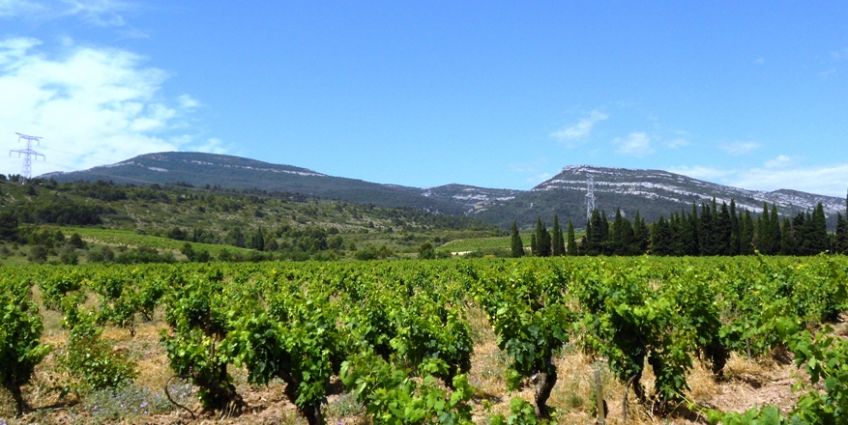Languedoc-Roussillon, popularly known as the Languedoc, is fast becoming the region on the lips of the movers and shakers of the wine world. The province is brimming with wine, food and energy. Everything from olives to oysters is farmed here, alongside 740,000 acres of vineyards – three times the amount found in Bordeaux. 300 days of sunshine a year, 135 miles of coast, 13 of France’s most beautiful villages and six Unesco world heritage sites, what’s not to love?
Wrapped around the Mediterranean coast, the Pyrenees form the northern border, Spain sits to its South and the Rhone valley on the East. With such variety on offer, you could talk all day about the region’s wonders. To make it easier though, we have divided them up for you. So, without further ado, here are the seven reasons why the Languedoc is an unmissable wine and food lovers holiday spot.
1. The Wines
Languedoc’s 200,000 hectares (70,000 of which is Apellation d’Origine Contrôlée) make it the world’s biggest single wine-growing property. Vines were first brought to its shores by the Greeks in 600bc, and in the thousands of years since then the area grew to become France’s number one supplier of quotidian wine. About thirty years ago however, there was a marked change of pace, in line with the population’s changing attitude to its plonk. As the French consumed less wine (its more than halved in the past fifty years), the Languedoc’s attitude to its production changed so that now it is one of the most innovative and exciting regions for wine in the world. There are 40 appellations offering a large range of wines: red, rosé, white, sparkling, cremant, muscatel, natural sweet wine and everything to go with it.
There are a plethora of activities on offer allowing you to delve into this ancient trade. From full and half-day vineyard tours to luxurious romantic getaways, you’re spoilt for choice!
2. The Food
Good food and good wine usually come hand in hand, and the Languedoc is no exception. A strong agricultural tradition, glorious sunshine and fertile land make for some rather spectacular plates. Renowned for the diversity of its local produce, this is a region where gourmet chefs rival each other in talent, and the Languedoc, Provençal, Occitan, Catalan or Highlands culinary traditions bear witness to a clear taste for feasting. The local markets, restaurants and shops are bursting with those bright Mediterranean colours and will no doubt get you in the mood to learn and taste everything you can get your mitts on. A wonderful cooking class in Uzes gives some great insider’s tips. Alternatively, you can learn about the multi-faceted olive trade or, if you fancy, take it all in with a guided look at the markets.

3. The Culture
Stoically French, the Languedoc has managed to preserve its varied culture. One can expect to see all of the French fantasies – avenues of trees, old men playing boules, blue shutters and quaint cafes. There are some regions that have become almost caricatures of the French way of life – all berets, breton and strings of garlic – and that’s no surprise given that France has by far the highest tourism rate in the world. In the Languedoc however, the level of tourism has never been high enough to make too much of an impact. In recent years, the potential in the region has been realised with homegrown tourism businesses popping up like mushrooms. However, it is yet to become an established tourist destination, which allows for the preservation of the local culture, running parallel to an openness for positive change.
The freshly business savvy people of the province have now opened avenues for visitors to get involved with the local way of life. A multitude of tours and activities allow you an insight into the terroir and the people that shape it.
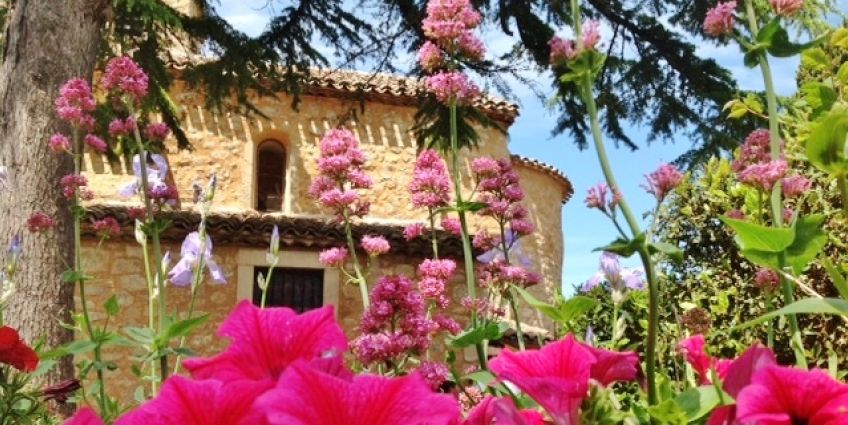
4. The Towns and Cities
There are distinctly local features of each settlement in this vastly variable region.
The Catalonian corner houses the striking citadel of Mont-Louis and the fortified town of Villefranche-de-Conflent; both world heritage sites. A little further north, the rugged landscape of Aude boasts 11 Cathar castles.
The most beautuful example of Cathar influence however is the world heritage site, Carcassonne.
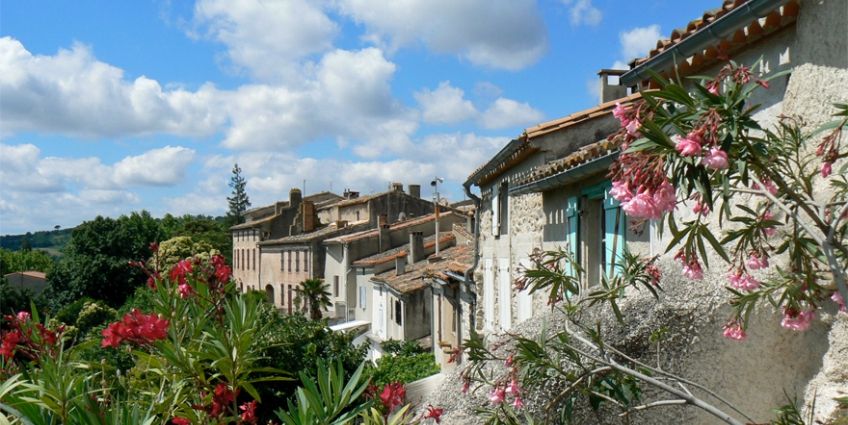
Inland, sitting on a high, rocky spur overlooking a deep gorge in a wild and open valley, Minerve is an awe-inspiring sight to behold. Only accessible by foot, this pre-Roman village is fabulous for wandering from stall to stall whilst taking in the view. The lively city of Montpellier, meanwhile, is renowned for its medieval university and vibrant music scene, lying midway between Spain and Italy it’s not one to miss.
Finally, move North Easterly to Uzes where you can let yourself be seduced by the winding cobbled streets, bustling markets, golden stone and hidden squares – just the things one craves whilst en vacances en France.
5. The Natural Beauty
This is the sort of beauty that imprints itself on your memory for good. The coast extends over two hundred kilometres of wide-open natural spaces, lagoon landscapes give way to vast stretches of fine sand and then to the rocky creeks of the Vermillion Coast. The towering Pyrenees loom over row upon neat row of juicy grapes interspersed with bubbling streams that give way to tumbling rivers.
It’s easy to see why ‘outdoorsy types’ return here year after year. Time has carved an impressive landscape ideal for adventurous holidaymakers. From the lofty heights of Pic Saint Loup to the shores of the Mediterranean and all the gorges, natural springs, rock fields, and basalt belts in between. The richness and diversity caters to all palettes and the pure air and wide-open spaces prove irresistible to even the most ‘indoorsy’ of visitors.
6. The History
For thousands of years, this coveted land has been passed from one conqueror to the next, and evidence of the colourful history is sprinkled across the region.
Standing stones, dolmens, Roman monuments, cathedrals, chateaux, villages and fortified cities, the architectural heritage of the Languedoc is of an opulent and rare diversity. Six sites are listed as World Heritage for Humanity by UNESCO – The canal du Midi, The Routes of Santiago de Compostela, The Pont du Gard, Routes of Santiago de Compostela, the Pont du Gard, the city of Carcassonne, the Vauban fortresses and the Causses and the Cévennes – and each has a different story to tell.
The decadence and grandeur of the castles and chateaux provides a great place to learn the secrets of the past. With many of them now converted into hotels and spas, you can soak up the history from the comfort of your own fairy-tale retreat.
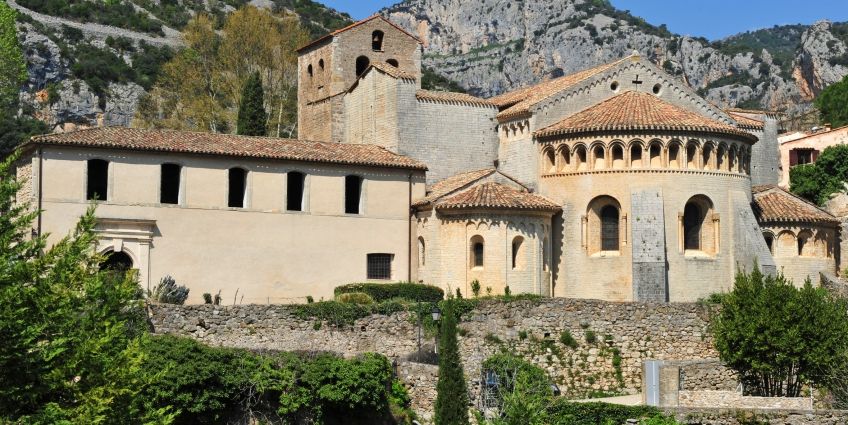
7. The Leisure Activities
In a conserved environment, where sea and mountain meet, Languedoc-Roussillon makes the most of its natural assets. Mountaineers, skiers, hikers, golfers or, simply lovers of untamed nature devote themselves, in summer and winter alike, to all kinds of outdoor pursuits. For those who prefer things to go at a slightly more relaxing pace, we’ve got you covered too. Couvent d’Herepian provide rejuvenating spa services for a day of pampering.
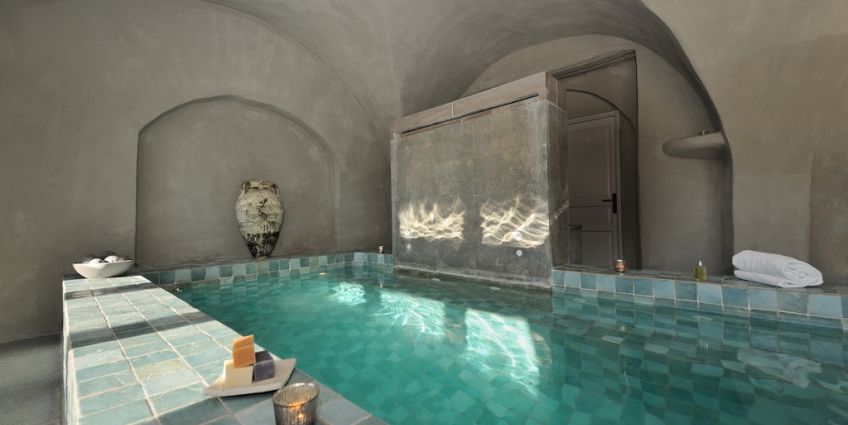
Then there’s the Canal du Midi which glides gently along from Toulouse to the Mediterranean sea. The largest UNESCO World heritage site on earth, it personifies the slow-paced way of life in the South of France. Passing under the walls of historic Carcassonne the quintessential past-times are cycling, strolling or picnicking by its side.
